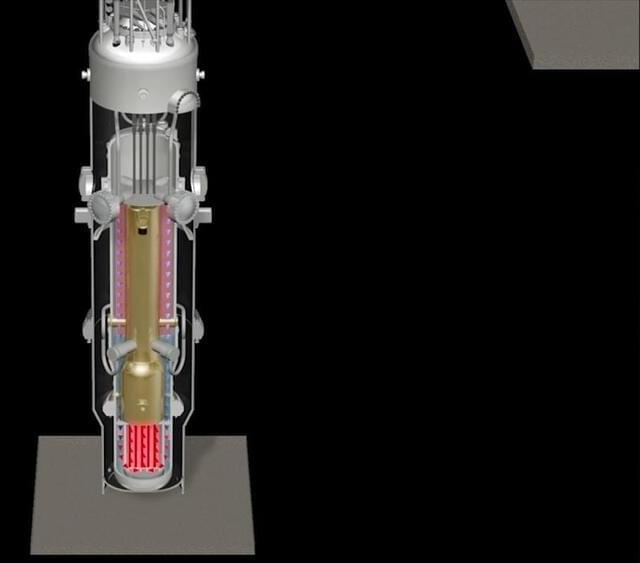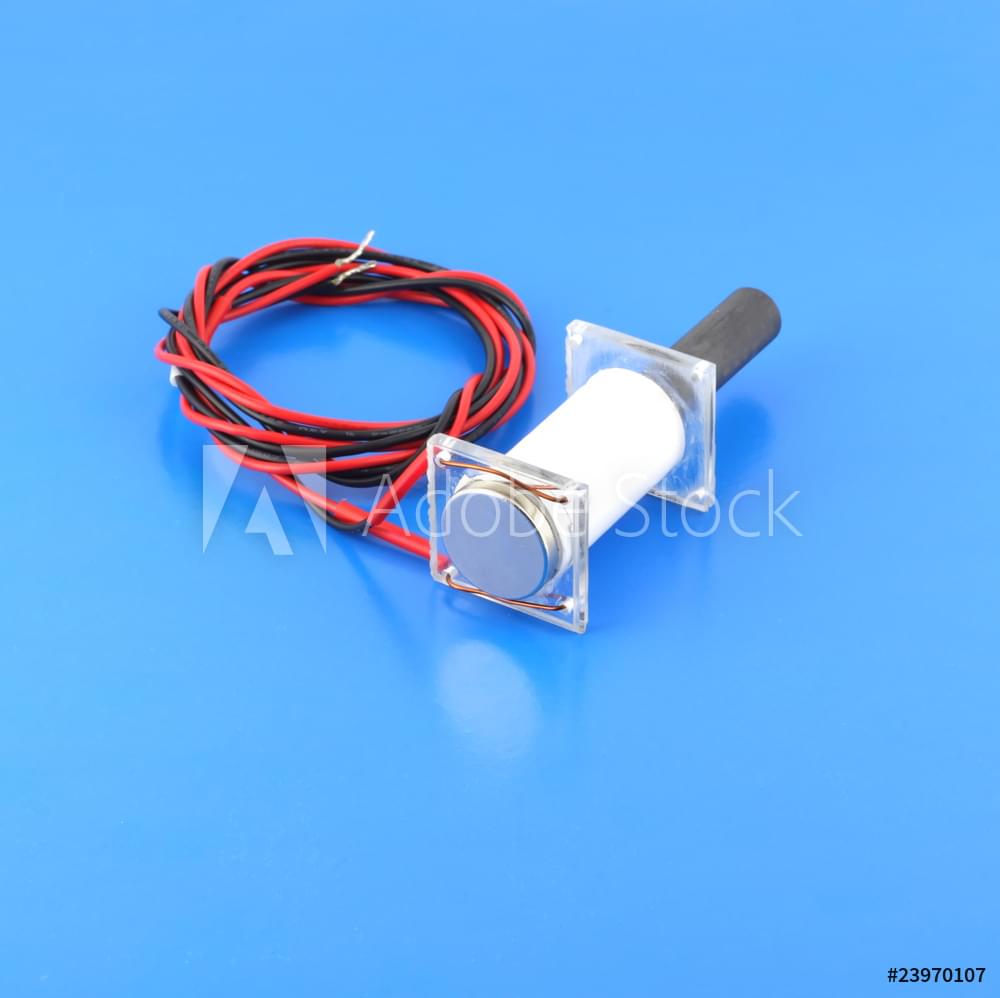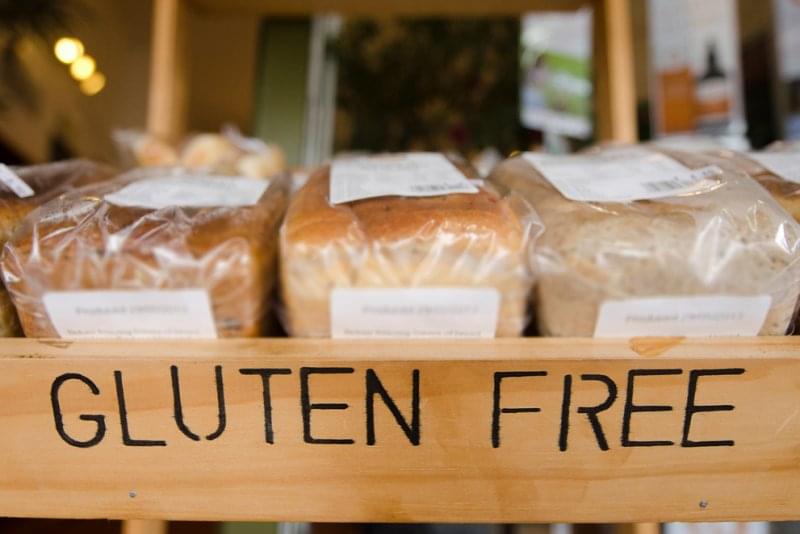Aug 31, 2021
NuScale modular nuclear reactors can produce over 2,000 kg/hour of hydrogen
Posted by Chima Wisdom in categories: economics, nuclear energy
NuScale Power, the startup specializing in the design of small modular nuclear reactors, has published new data concerning the production capacities of its NuScale Power Module (NPM). Thanks to the 25% increase in power output of an NPM, each NuScale module is now capable of producing 2,053 kg/hour of hydrogen, or nearly 50 metric tons per day.
Just one NuScale Power Module can produce 77 MWe of carbon-free electricity to power 60,000 homes in the U.S. NuScale’s flagship power plant design can house up to 12 modules for a total gross output of 924 MWe. The 924 MWe that a 12-module NuScale plant produces is enough to power nearly 700,000 homes with clean, reliable energy.
Continue reading “NuScale modular nuclear reactors can produce over 2,000 kg/hour of hydrogen” »


















